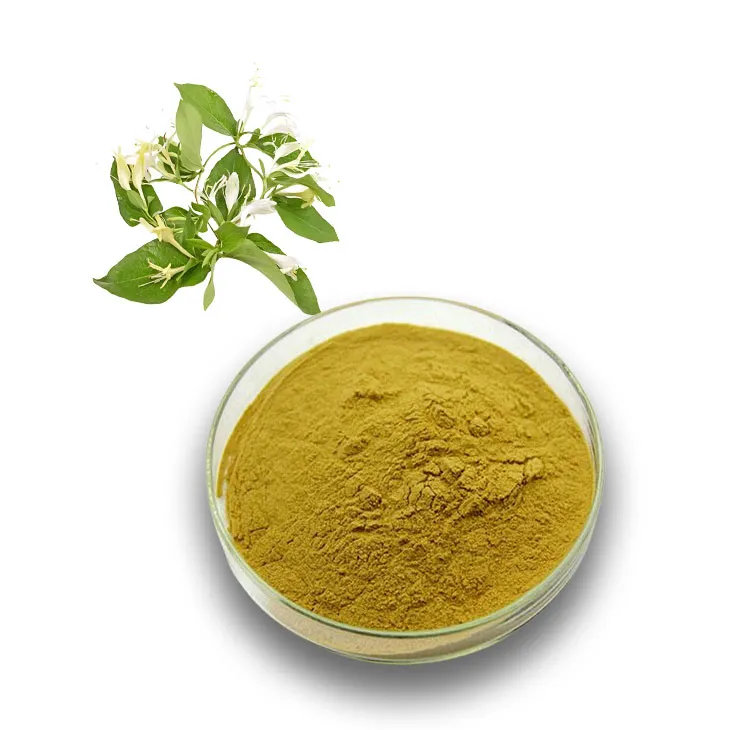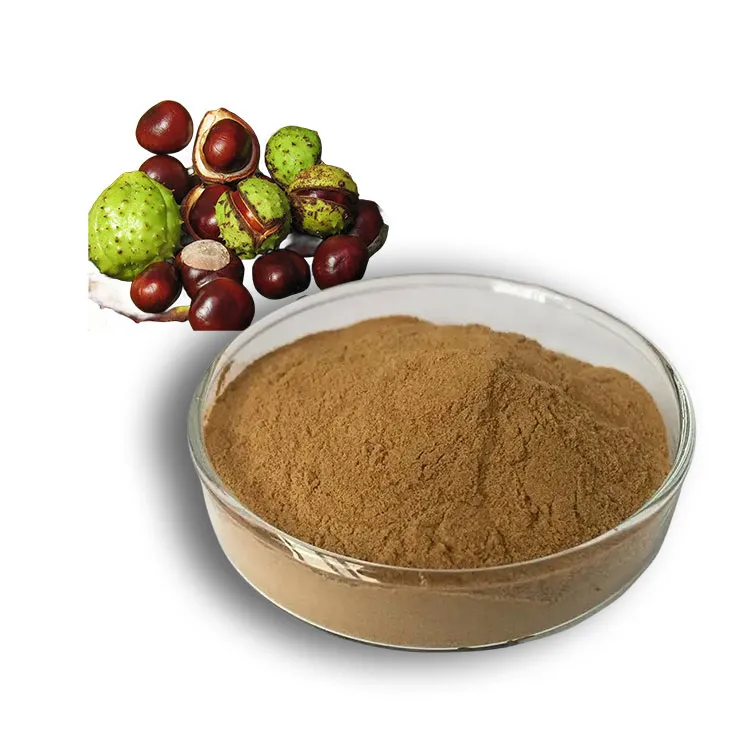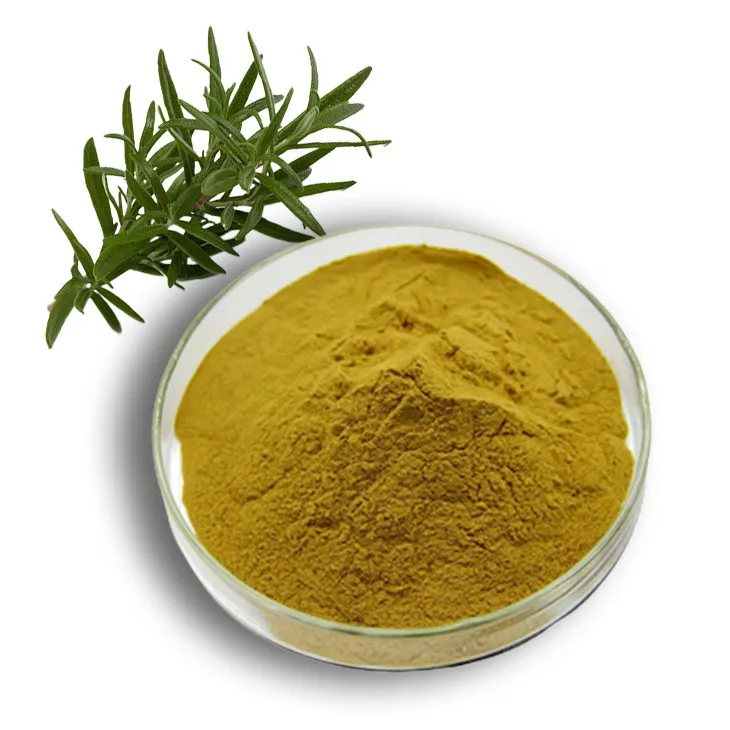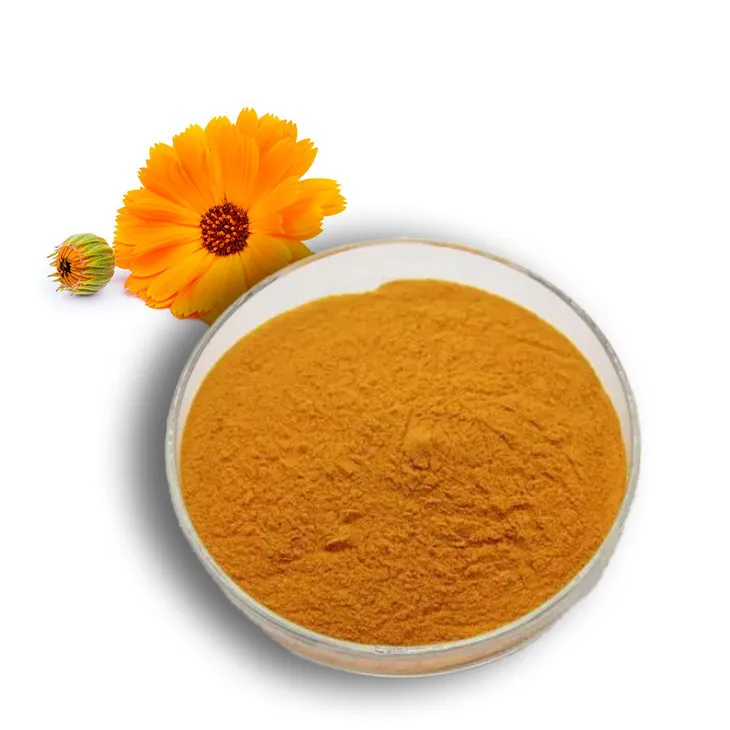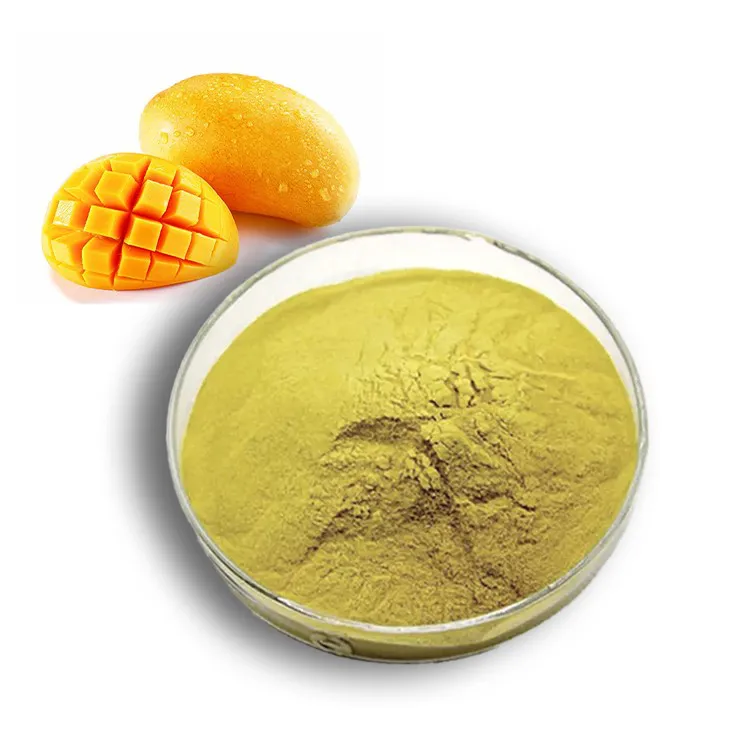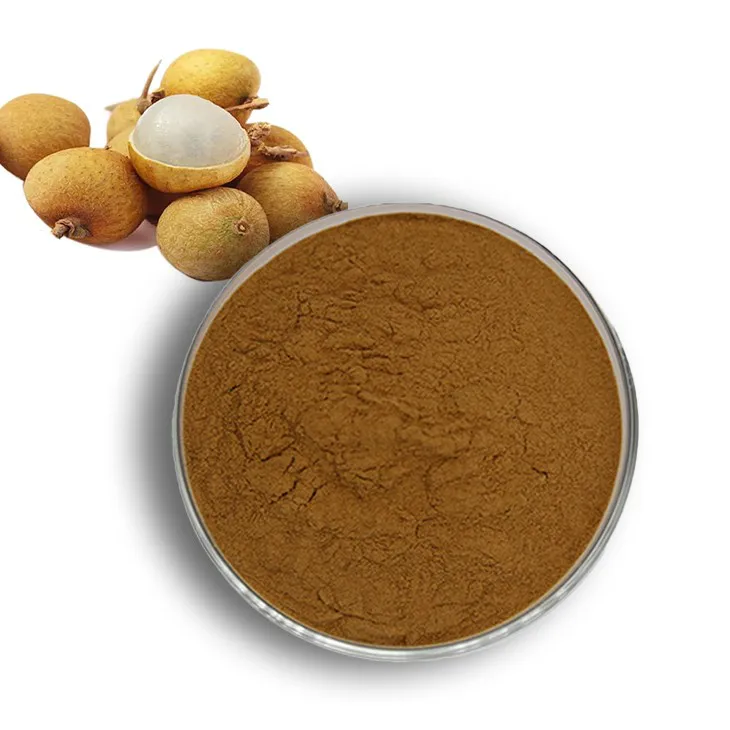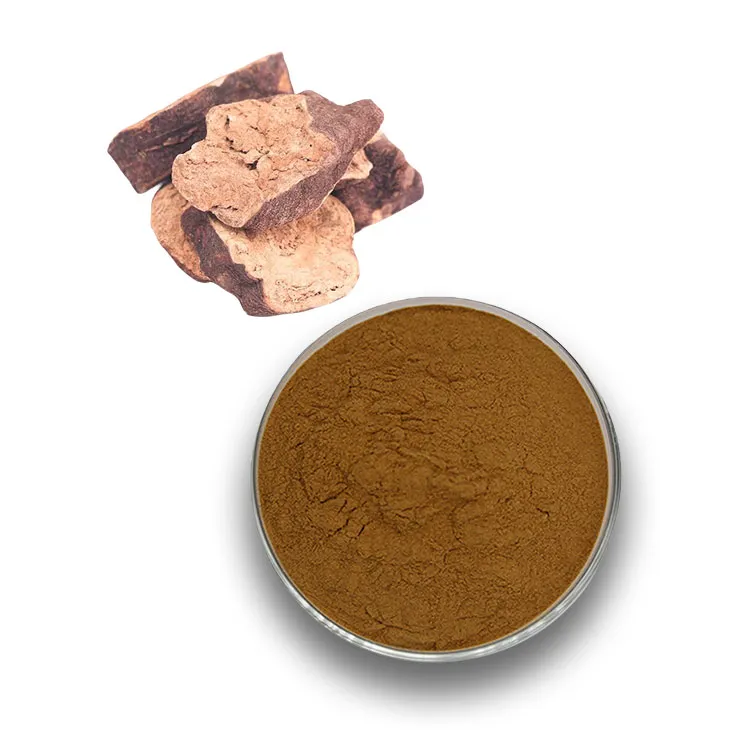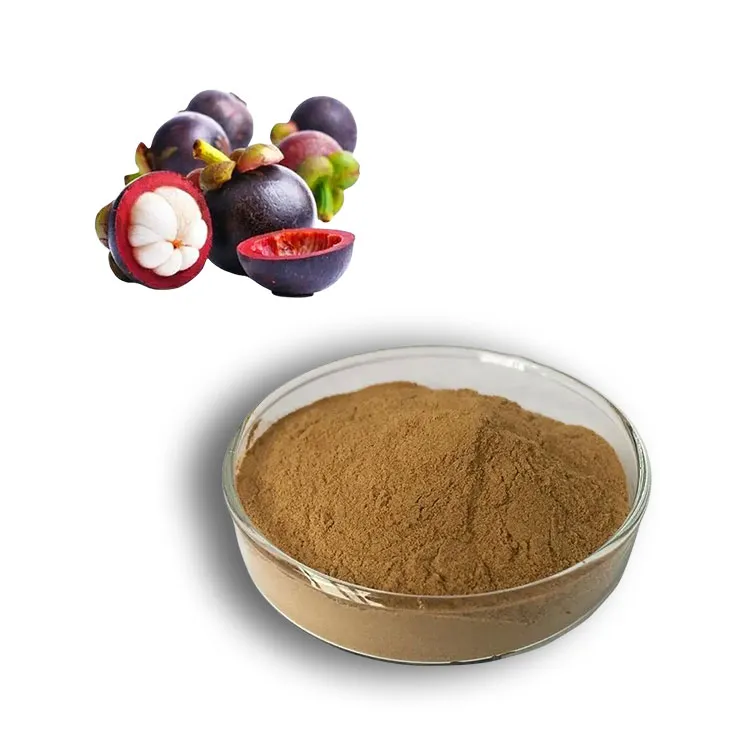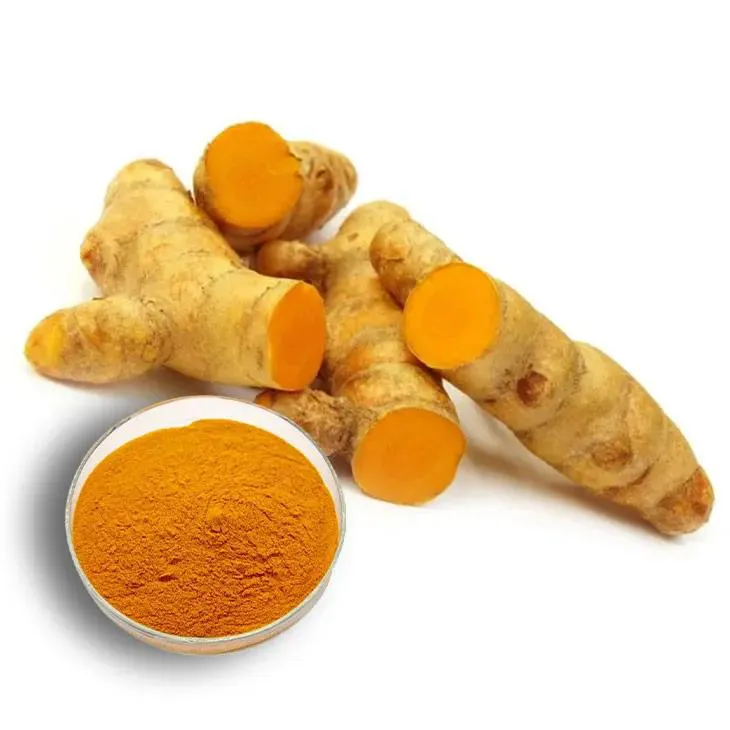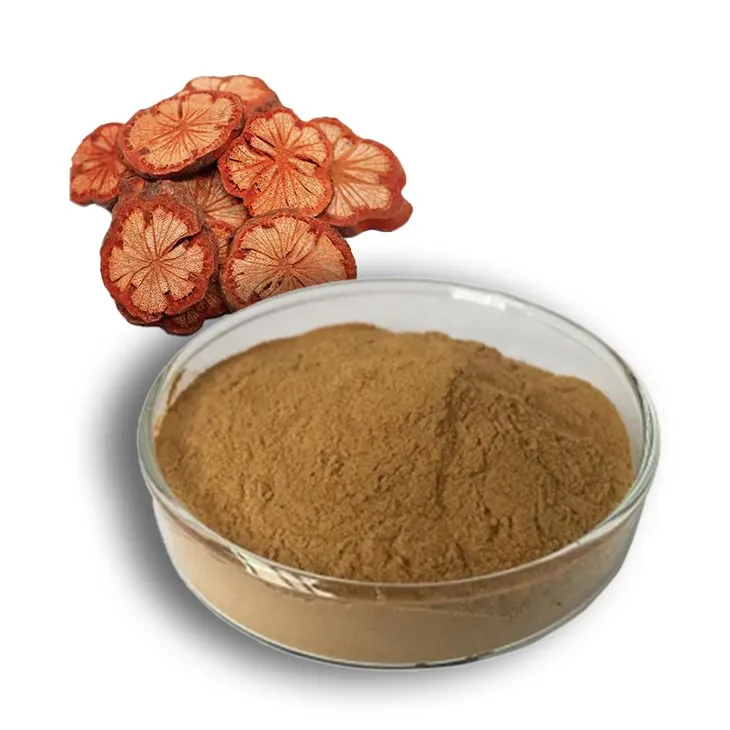- 0086-571-85302990
- sales@greenskybio.com
Unveiling the Unique Morphology of Sarracenia Purpurea: A Closer Look
2024-07-18
Introduction
Sarracenia purpurea, also known as the purple pitcher plant, is a remarkable species in the plant kingdom. It has long fascinated botanists and nature enthusiasts alike due to its unique carnivorous nature and distinct morphological features. This article aims to take a comprehensive look at the various aspects of its morphology, exploring how each element is related to its function, especially in the context of its carnivorous lifestyle.
The Pitcher: Shape and Size
The pitcher of Sarracenia purpurea is perhaps its most striking feature. The shape of the pitcher is carefully designed to perform multiple functions. It typically has a long, tubular structure that widens towards the top, forming a sort of reservoir. This shape is not only aesthetically pleasing but also highly functional. The elongated tube serves as a funnel, guiding insects and other small prey towards the interior of the pitcher. As the prey moves down the tube, it becomes increasingly difficult for it to escape due to the narrow and slippery nature of the walls.
In terms of size, the pitchers can vary, but they are generally large enough to accommodate a significant amount of prey. The size also seems to be related to the plant's overall growth and environmental conditions. In areas where prey is more abundant, plants may develop larger pitchers to take advantage of the available food source. This relationship between size and prey availability is an interesting aspect of the plant's adaptation to its environment.
The Inner Surface: Microscopic Details for Prey Capture
The inner surface of the Sarracenia purpurea pitcher is a marvel of microscopic engineering. When examined closely, one can observe a series of features that are crucial for prey capture. There are downward - pointing hairs that line the inner walls of the pitcher. These hairs are not randomly arranged but are oriented in a way that allows prey to move in one direction - towards the bottom of the pitcher. Once an insect lands on the pitcher's rim and starts to explore, it is likely to be guided by these hairs towards the interior.
Another important microscopic feature is the presence of slippery wax - like substances on the inner surface. These substances make it extremely difficult for insects to get a foothold, further ensuring that they slide down into the pitcher. The combination of the hairs and the slippery surface creates an almost inescapable trap for unsuspecting prey. Additionally, there are tiny glands on the inner surface that secrete digestive enzymes. These enzymes start the process of breaking down the prey once it has been trapped, converting it into nutrients that the plant can absorb.
Overall Shape and Structure for Carnivorous Lifestyle
The overall shape and structure of Sarracenia purpurea are optimized for its carnivorous way of life. The plant has a rosette - like growth pattern, with the pitchers emerging from the center. This arrangement allows the plant to efficiently capture prey from all directions. The pitchers are often held at an angle, which helps in preventing rainwater from diluting the digestive fluids inside the pitcher. If rainwater were to accumulate in large quantities, it could disrupt the digestive process by reducing the concentration of enzymes.
The plant also has a relatively low - lying growth habit, which is beneficial in several ways. It keeps the pitchers close to the ground, where many insects are likely to be found. This proximity increases the chances of prey encountering the pitchers. Moreover, the low - lying position provides some protection from strong winds that could potentially damage the delicate pitchers.
Lid - like Structures: Function and Importance
The lid - like structures on top of the pitchers play a vital role in the plant's carnivorous mechanism. These lids are not just simple coverings but are highly specialized organs. One of their main functions is to prevent excessive rainwater from entering the pitcher. As mentioned earlier, dilution of the digestive fluids can be detrimental to the plant's ability to digest prey. The lids are often curved in a way that allows rainwater to run off easily, while still providing some protection to the opening of the pitcher.
Another function of the lids is to attract prey. They often have a different color or texture compared to the rest of the pitcher. This contrast can be appealing to insects, luring them towards the pitcher. Some lids also secrete a small amount of nectar, which serves as an additional attractant. The nectar contains sugars that are irresistible to many insects, drawing them closer to the potentially deadly trap.
Nectar - secreting Glands: Luring Prey
Nectar - secreting glands are scattered throughout the pitcher, especially near the rim. These glands are an important part of the plant's prey - luring strategy. The nectar they produce is a sweet - smelling and - tasting substance that acts as a powerful bait for insects. Insects are attracted to the nectar because it provides them with a source of energy in the form of sugars.
However, the nectar - secreting glands are not randomly placed. They are strategically located to ensure that insects are guided towards the interior of the pitcher. As insects move from gland to gland in search of more nectar, they gradually make their way deeper into the pitcher. Once they are far enough inside, they are more likely to be trapped by the downward - pointing hairs and the slippery surface.
Conclusion
In conclusion, Sarracenia purpurea's morphology is a complex and fascinating subject. Every aspect of its shape, from the pitcher's overall form to the microscopic details of its inner surface, is intricately related to its function as a carnivorous plant. The lid - like structures and nectar - secreting glands work in harmony to attract and trap prey, while the overall shape and structure of the plant ensure its survival in its natural habitat. Understanding these morphological features not only provides insights into the plant's biology but also highlights the remarkable adaptability of plants in general. For botany enthusiasts, Sarracenia purpurea serves as a prime example of how nature has evolved unique solutions to the challenges of obtaining nutrients in nutrient - poor environments.
FAQ:
What are the main features of Sarracenia purpurea's pitcher?
The pitcher of Sarracenia purpurea has a distinct shape and size. Its inner surface has microscopic details that are crucial for prey capture. It also has lid - like structures and nectar - secreting glands.
How does the shape of Sarracenia purpurea contribute to its carnivorous lifestyle?
The overall shape of Sarracenia purpurea is optimized for its carnivorous lifestyle. The pitcher - like shape helps in trapping prey. For example, the shape may be designed in a way that makes it difficult for prey to escape once they enter.
What is the role of the nectar - secreting glands in Sarracenia purpurea?
The nectar - secreting glands play an important role in attracting prey. Insects are lured by the nectar, which leads them towards the pitcher where they can be trapped.
How are the microscopic details on the inner surface of Sarracenia purpurea's pitcher related to prey capture?
The microscopic details on the inner surface of the pitcher may be slippery or have structures that prevent the prey from climbing out once they are inside. This aids in the efficient capture of prey.
What makes Sarracenia purpurea stand out in the plant world?
Its unique morphology makes Sarracenia purpurea stand out in the plant world. Features such as its pitcher - shaped structure, lid - like parts, and carnivorous nature are distinct compared to many other plants.
Related literature
- The Morphology and Function of Sarracenia purpurea's Trapping Structures"
- "Sarracenia purpurea: A Closer Examination of its Carnivorous Adaptations"
- "Unique Morphological Features of Sarracenia purpurea for Prey Capture"
- ▶ Hesperidin
- ▶ citrus bioflavonoids
- ▶ plant extract
- ▶ lycopene
- ▶ Diosmin
- ▶ Grape seed extract
- ▶ Sea buckthorn Juice Powder
- ▶ Beetroot powder
- ▶ Hops Extract
- ▶ Artichoke Extract
- ▶ Reishi mushroom extract
- ▶ Astaxanthin
- ▶ Green Tea Extract
- ▶ Curcumin Extract
- ▶ Horse Chestnut Extract
- ▶ Other Problems
- ▶ Boswellia Serrata Extract
- ▶ Resveratrol Extract
- ▶ Marigold Extract
- ▶ Grape Leaf Extract
- ▶ blog3
- ▶ Aminolevulinic acid
- ▶ Cranberry Extract
- ▶ Red Yeast Rice
- ▶ Red Wine Extract
-
Honeysuckle Pollen
2024-07-18
-
Horse Chestnut Extract
2024-07-18
-
Rosemary extract
2024-07-18
-
Calendula Extract
2024-07-18
-
Mango flavored powder
2024-07-18
-
Longan Extract
2024-07-18
-
Polygonum multiflorum extract
2024-07-18
-
Mangosteen extract powder
2024-07-18
-
Curcumin Extract
2024-07-18
-
Red Vine Extract
2024-07-18











